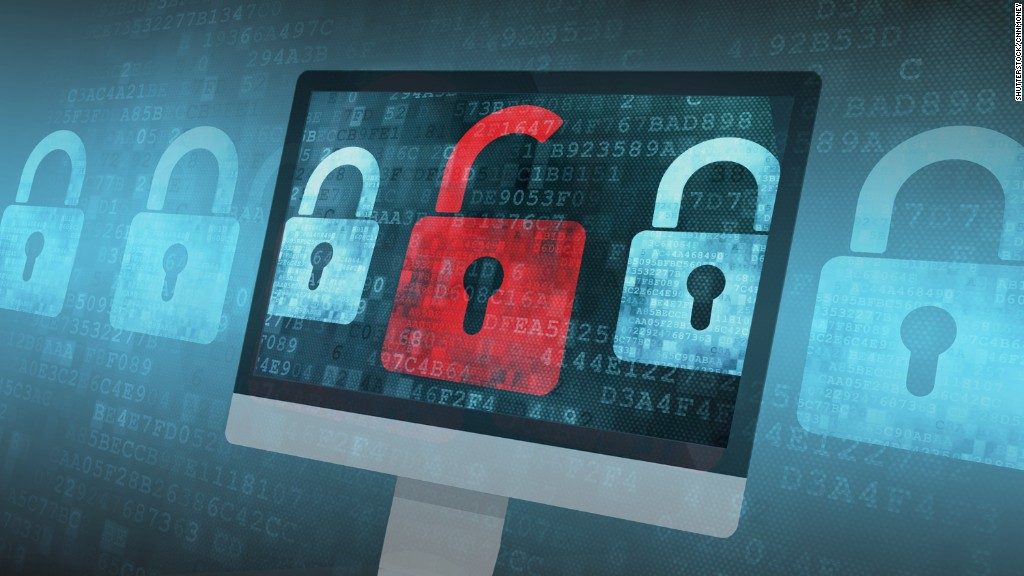As you may be aware from recent news articles Ransomware “WannaCry” has affected more than 200,000 individual workstations across 150 countries affecting companies such as the NHS, Renault, FedEx and Nissan.
This software will encrypt your desktop/laptop and spread across your network. It will then ask you to pay a ransom to get your data back, however how do you know by paying the ransom your data will ever be returned?
We understand you may have already been emailed about this attack and preventative measures, but as a IT Service Provider SupPortal UK feels it has a role to play to protect companies moving forward. So we have provided a checklist for you to follow;
- Education – These attacks generally come in to systems via email and attachments, so first and foremost tell all your staff to be cautious of any suspicious emails and websites. Anything out of the ordinary from the usual day to day work request that arrives in your inbox or you are asked to download should be deleted. NEVER OPEN AN EMAIL YOUR ARE UNSURE OF.
- Update and Patch – It is paramount you complete a Windows Update or any other updating across your IT to ensure all new and old security patches are put in place – the most recent one includes a emergency security patch from Microsoft for Windows XP and onwards something we highly recommend. The patch issued by Microsoft to safeguard you from the latest attack is MS17-010.
- Anti Virus – If you are running anti-virus software across your IT check it is working properly, blocks the relevant sites and is up to date. It only takes one computer to be affected to encrypt data across the entire network!
- Check Backups – If you are running backups either on-site or off-site make sure these have worked and ensure you have an offline copy of your data. If you are using Dropbox or another form of free Cloud backup you can quite easily back up encrypted files without even knowing.
- Be Cautious – We can assume that new and more sophisticated forms of Ransomware will be released and always targets those who have vulnerable systems. So whilst the above provides a simple checklist to help bring your systems up to date and protect you moving forward, the only way to be sure your systems are safe is to put the right preventative measures in place.




